Fedora hats are quintessentially male, yet they have an altogether different origin. Tyrolean hats are simply decorative and a souvenir, yet they had a practical beginning. These two hats, being similar in appearance in many ways, also differ notably. Both, however, owe some of their popularity to one man.
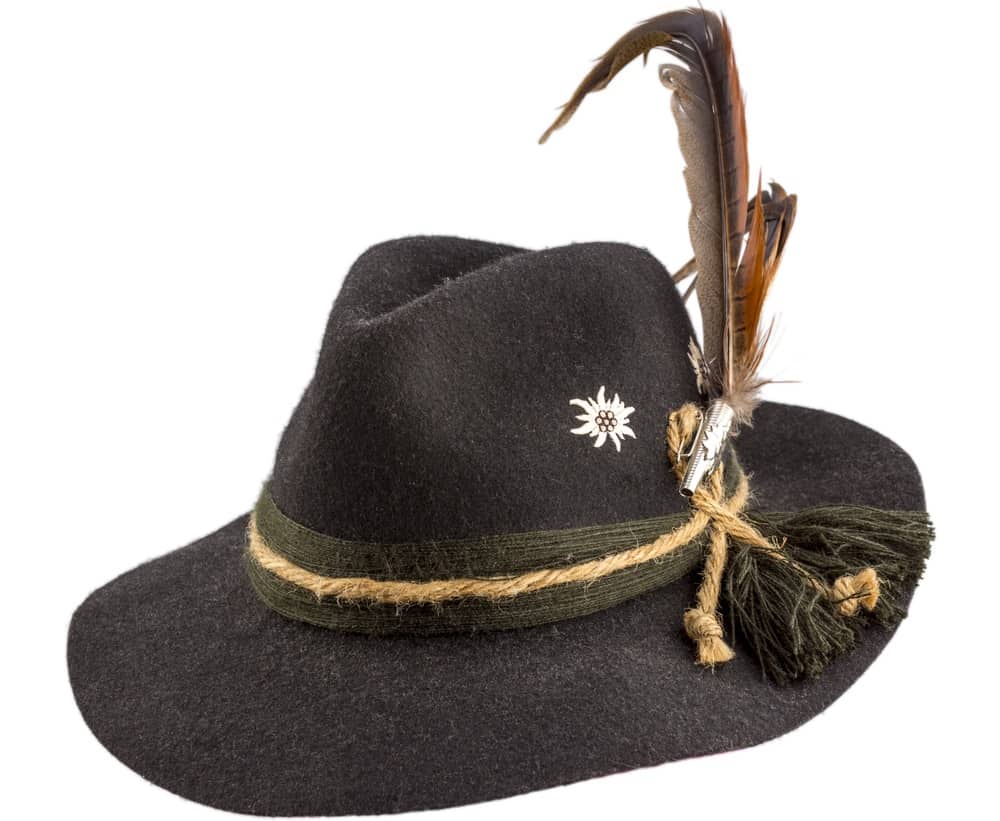
What does any good tourist do in the middle of the Austrian Alps? Why, buy a hat, of course! The fact that the hat has no practical application for use at home and will only become a curiosity on a shelf somewhere is, obviously, not relevant.
Unlike Grampa’s good ol’ Fedora, of course. Tried and tested and even retro-fashion, now that is a hat to wear!
Table of Contents
- What is a Fedora Hat?
- What is a Tyrolean Hat?
- What does a Fedora look like?
- What does a Tyrolean hat look like?
- A hat history
- Fedora vs Tyrolean hat
- Hats as art
What is a Fedora Hat?
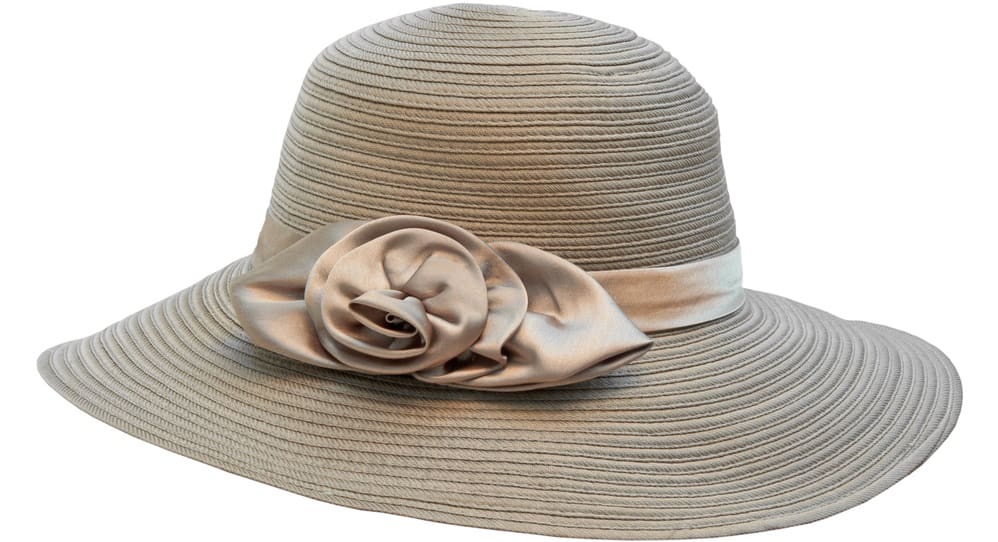
Gangsters and Prohibition. Private detectives from iconic ‘50s movies. Dashing heroes. Formal dress. Those are the images we associate with the fedora hat.
Simply, a Fedora is a round brimmed hat, usually made from felt, with a pinched crown. It has been popular for over 100 years. The hat could be said to have a practical application, protecting the head from the weather. The slightly wide brim arguably even offers some protection from the sun.
Mostly, however, the Fedora has always been something of the style and made a particular fashion statement.
What is a Tyrolean Hat?

The Alps. The Tyrol. Austria. Soaring snowy heights. Mountain goats. Snow. Skis. These are all images we associate with the words ‘Alpine’ and ‘Tyrolean’.
One would assume that the appropriate headgear for these remote, snowy climes would surely be a snug beanie or hood of a ski jacket. But no: a traditional Tyrolean hat (also called an Alpine hat) is neither snug, nor does it cover the head, but rather seems to perch on top.
Why, then, in some of the coldest conditions, is this hat so iconic?
A Tyrolean hat was known as a hunting hat and is traditionally worn in the Tyrolean Alps. The image one retains of the hat is that it does not cover much of the head, but seems almost to perch on the top.

Apparently, the hats offered some protection against the weather. However, they also have a formal function, especially when decorated quite ornately with goat hair and feathers.
These hats were used when people went hiking or hunting, but have now become a popular trademark of Austrian tourism.
What does a Fedora look like?
A Fedora is made of soft felt and is slightly domed, with a round brim, which is usually 2-3 inches (5-7 cm) wide. The crown’s circumference can measure 21-24ches (54 to 63cm).
The even brim is usually tilted down gently in front and raised slightly at the back. The crown is pinched in at the top, being straight along the back and pointed in the front. This is aided by the sides on each diagonal being pinched in too.
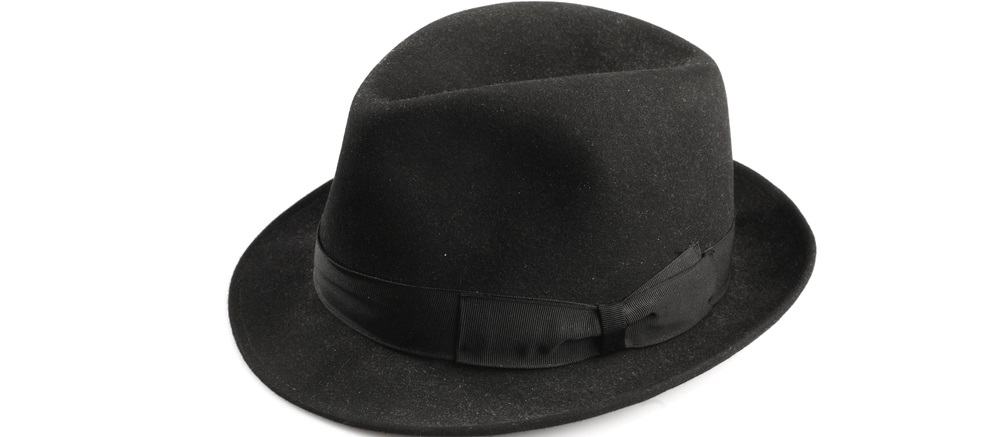
There is not only one style, although the variations do have the same essential elements.
One of the main differences between the types and looks of the fedora is the material from which they are made.
Felt may still be used for the ‘classic’ fedora, but straw
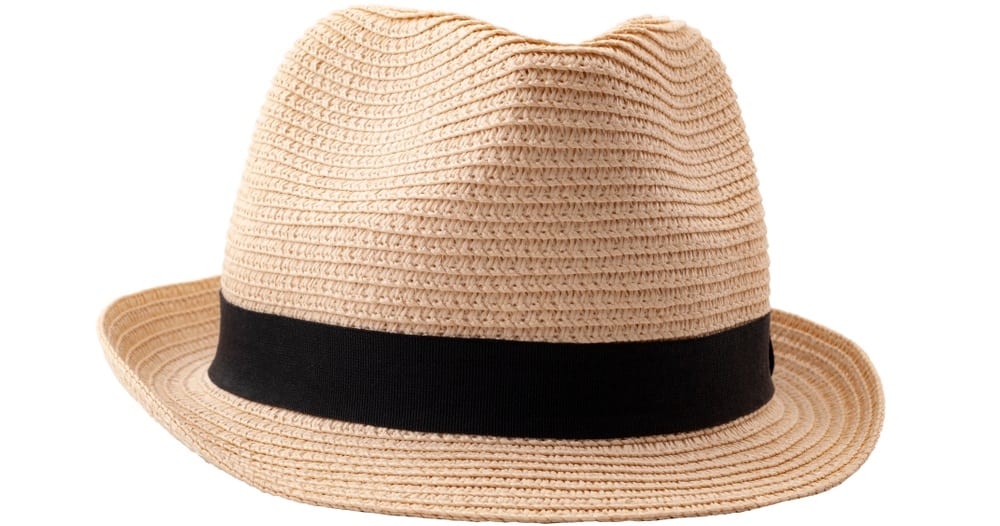
and even leather
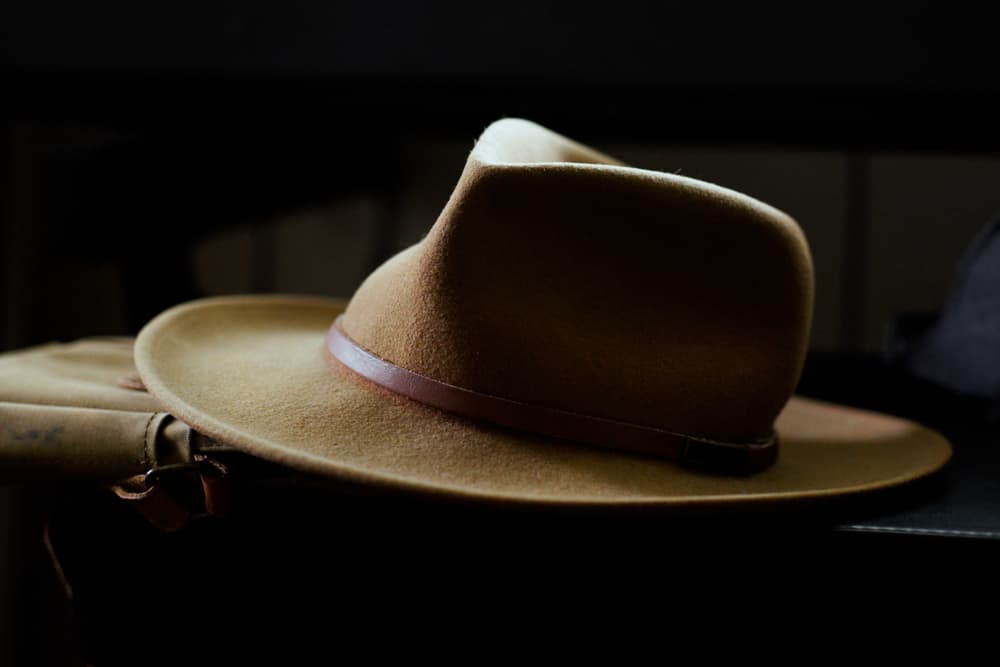
have also become popular.
Fedoras can also differ in terms of the width of the brim.
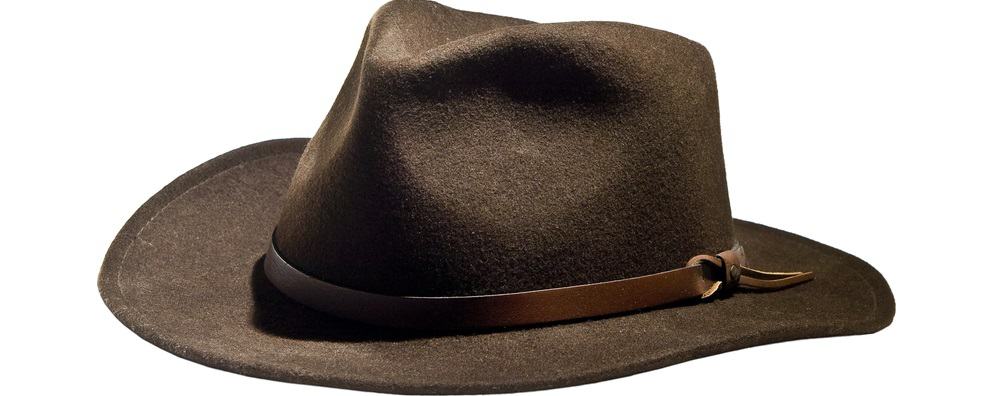
What does a Tyrolean hat look like?
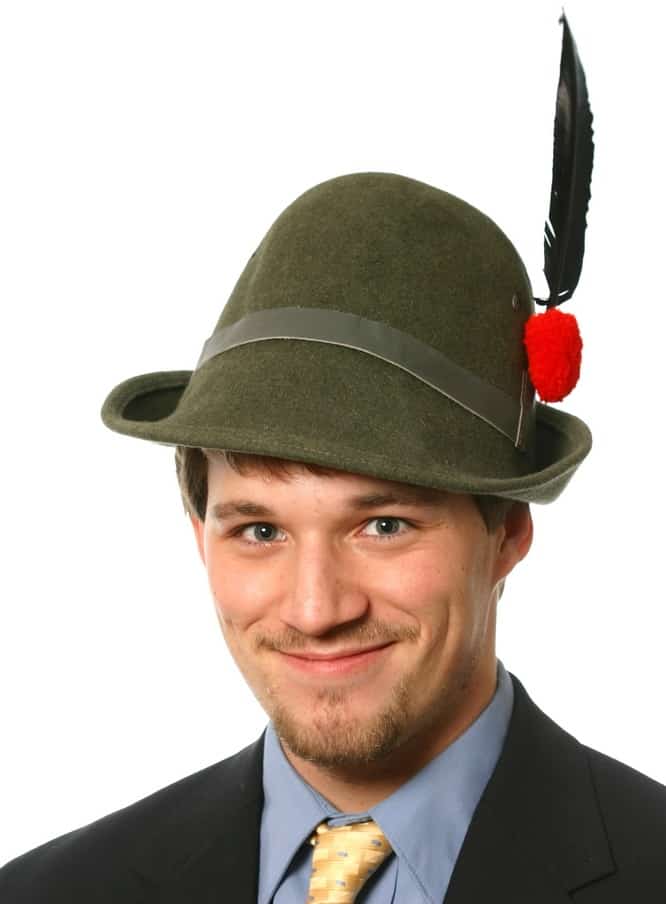
An Alpine/Tyrolean hat is a round hat, with a crown that varies in size, but is designed to sit quite high up on the head. The brim runs evenly and is about 2 inches (5cm) wide.
It is usually made of felt and is traditionally dark green. It appears to have a slightly oval shape: the back of the crown is turned up quite sharply, running almost three-quarters of the way around the hat; the front is turned down quite markedly, spanning only the front quarter of the hat.
The crown stands about 4-5 inches (11cm) high and is dented on both sides, creating a slightly pointed top.
These hats have a band around them, made of twisted cord, or something similar. There may be two or three bands in one, which often holds feathers, or even some goat’s hair.
This traditional hat is very similar to the better-known Trilby hat, which is often made of straw, as opposed to felt.
A hat history
The Fedora
A Fedora is often seen as the quintessential macho hat. What would Indiana Jones be without his iconic hat?

And who can imagine Bogart’s heart-sore farewell at the end of ‘Casablanca’ without his iconic headwear?
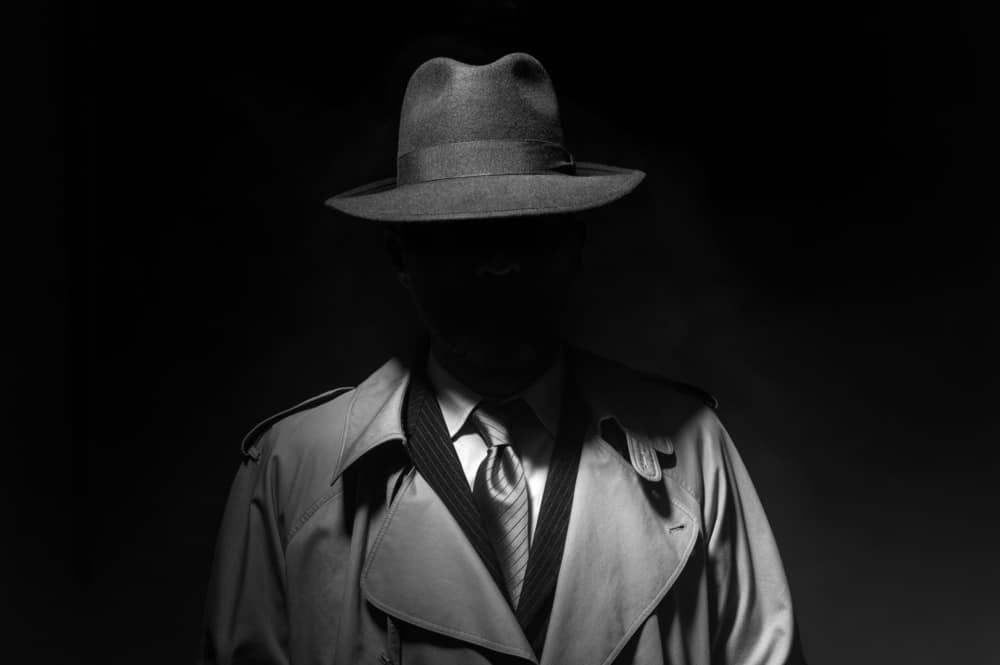
The Fedora, however, to lay a myth to rest, was first worn by women. It actually gets its name from a play by Victorien Sardou, in which the character of Princess Fedora Romanoff wears a hat that became the popular Fedora.
They became an attractive accessory for women from 1883, but only really began to rise in popularity in the 1920s, becoming associated with men’s everyday attire.
The Tyrolean Hat
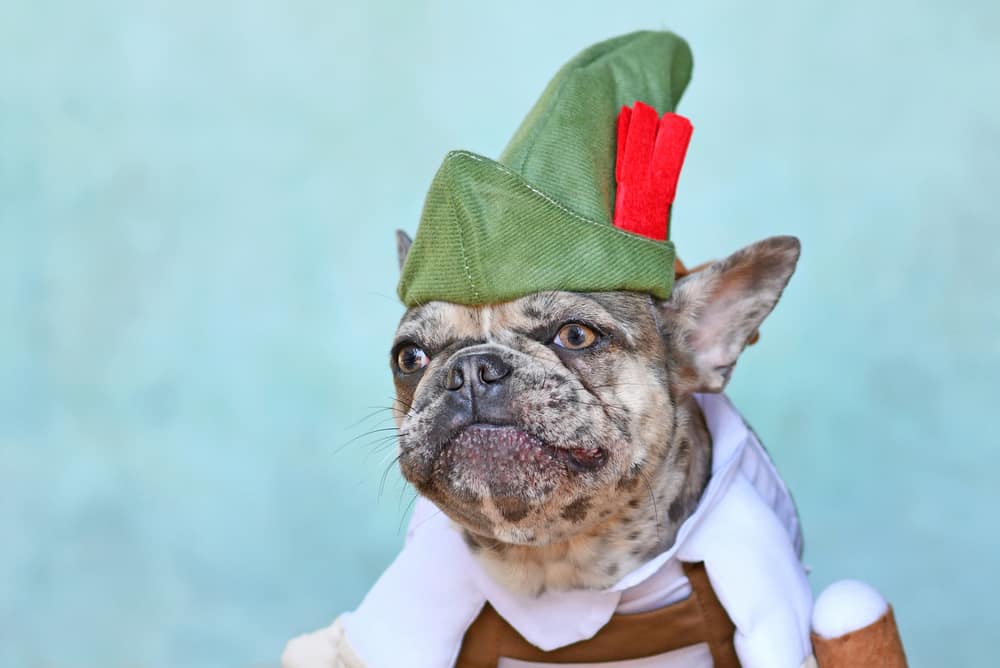
This archetypal hat — also called the Bavarian hat and the traditional hunting hat — from the Tyrol, in Austria, has been a part of traditional Austrian dress since the early 19th Century. Originally, the hats varied in terms of the breadth of the brim: narrower in Northern Tyrol and wider in the South.
As it developed, the hat became an important representation of Tyrolean (Austrian) culture and was worn at Oktoberfest celebrations and similar occasions, often boasting a German hat pin. The link between Austrian folk music and the hats was also entrenched by traditional bands who wore them.
There was also even a song written about the hats and performed at the Oktoberfest.
Fedora vs Tyrolean hat
Both the Fedora and Tyrolean styles have a rounded brim, although some Tyrolean hats have a slightly oval appearance.
The narrow brim of each hat is turned up at the back; where the Fedora’s is only slight and does not run further than a quarter of the hat, the traditional hunting hat’s turn up is quite acute and runs about three-quarters around the circumference of the hat.
The brim of both hats is turned down in the front. The Fedora’s is slight and gently curves around to the back, while that of the hunting is quite marked and only covers the front quarter.
The crown of both hats is indented, but the front of Fedora’s crown is pinched, to produce a pointed ridge in the front of the crown. The top is also indented. The Bavarian hat is indented on the sides but has a relatively rounded crown on top and in the front.
Both Fedoras and Tyrolean hats owe some of their popularity to the same man. Prince Edward (as he was then) began wearing Fedoras around 1924, which ensured that they were adopted as a fashion.
Later, after a visit to the Tyrol — and then as King Edward VIII — he began to wear hats similar to the style of the region and they gained in appeal.
The Tyrolean hat never quite achieved the same status as a hat as did the Fedora, though.
Hats as art
Hats are made to be worn. Hats are made to be copied. Hats can become an art. Or so, Elsa Schiaparelli proved in her design of the traditional hunting hat.
The rakish angle of the hat in Schiaparelli’s design gives an otherwise practical hat a jaunty air. The particular hat was indeed worn in the Tyrolean Alps but served nothing more than a decorative function.
Conversely, Fedora hats do not need so much decoration as attention to detail to set them apart. Colors, materials, and the tilt of a brim lend the rakish air and artistic appeal.



